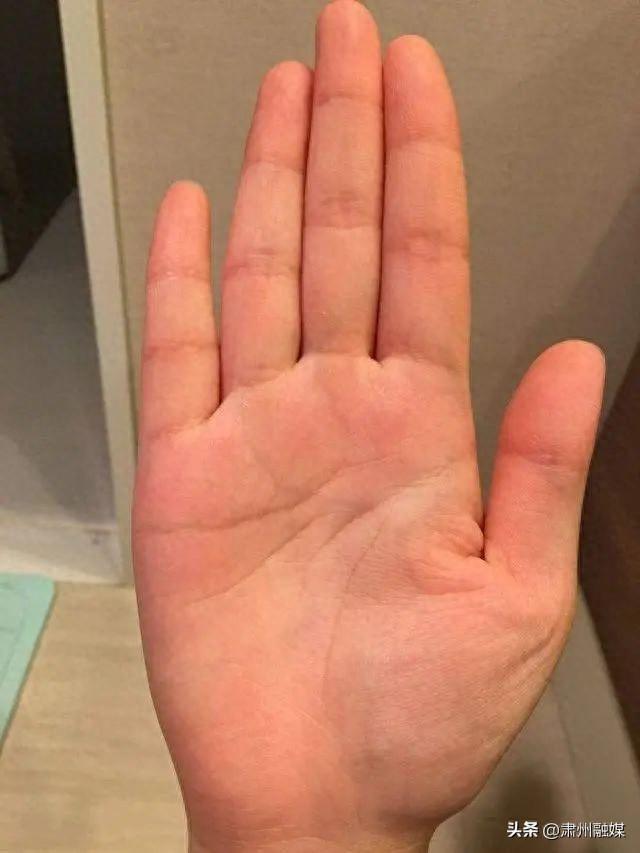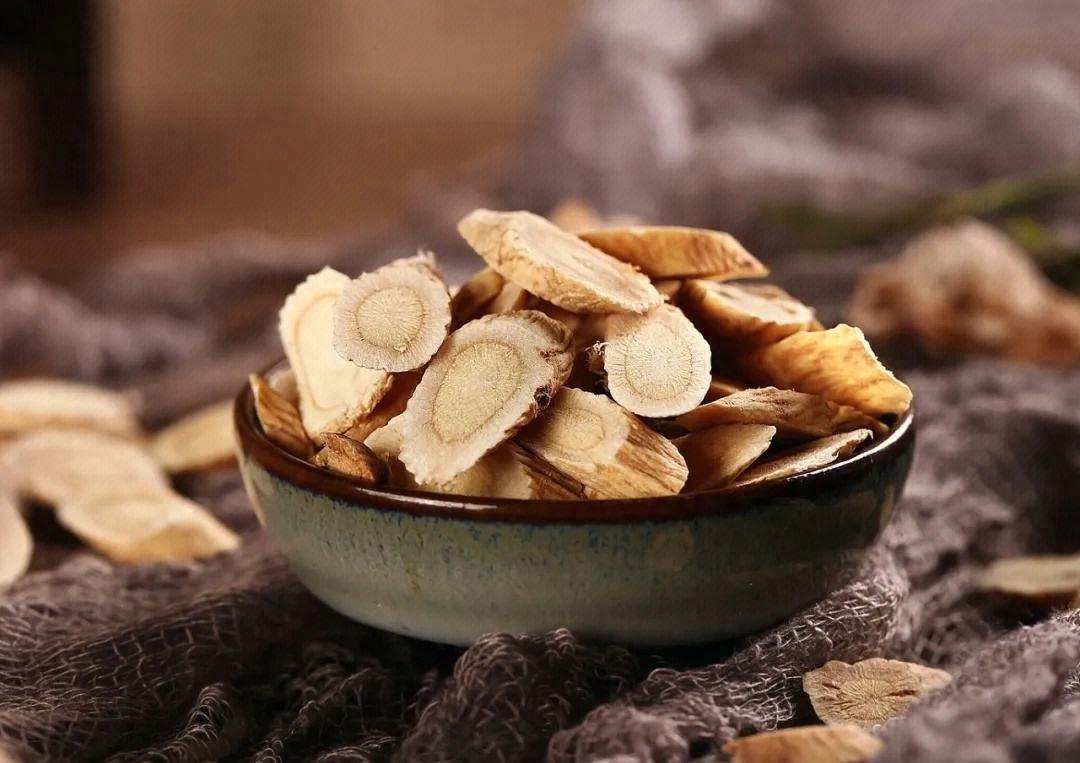How to Control Blood Pressure: A Comprehensive Guide - skin firming treatments
avoiding processed foods for wrinkle prevention sunscreen for preventing wrinkles skin hydration from within for wrinkle prevention skin firming treatments preventing facial wrinkles during sleep Are you ready to achieve steady blood pressure and watch it improve over time? It's not a distant dream! Here are three simple yet powerful secrets to guide you towards a life of consistent blood pressure management, making your health journey smooth sailing. Buckle up and get ready to transform your health for the better! Understanding Normal Blood Pressure Patterns Before diving into our strategies, it's essential to understand how blood pressure naturally fluctuates throughout the day

avoiding processed foods for wrinkle prevention

sunscreen for preventing wrinkles

skin hydration from within for wrinkle prevention

skin firming treatments

preventing facial wrinkles during sleep





Are you ready to achieve steady blood pressure and watch it improve over time? It's not a distant dream! Here are three simple yet powerful secrets to guide you towards a life of consistent blood pressure management, making your health journey smooth sailing. Buckle up and get ready to transform your health for the better!
Understanding Normal Blood Pressure Patterns
Before diving into our strategies, it's essential to understand how blood pressure naturally fluctuates throughout the day.
Circadian Rhythm of Blood Pressure:
- Blood pressure follows a circadian rhythm, meaning it's lower at night (approximately 10-20%) and higher during the day.
- Most hypertensive patients (around 70%) experience a "dipper pattern" with two peaks and one low point.
- The first peak occurs around 6-8 am, after which blood pressure declines.
- A low point often occurs around noon (12 pm to 1 pm) due to the midday break.
- Blood pressure starts to rise again in the afternoon (around 2 pm), reaching a second peak between 4-6 pm.
- It then gradually decreases, reaching its lowest point between 2-3 am.
Three Secrets to Blood Pressure Stability
Now that we've covered the basics, let's explore the three key areas that can significantly impact your blood pressure:
1. Medication Adjustments
Blood pressure naturally fluctuates, often showing a predictable pattern. Understanding these peaks can help you adjust medication times to improve blood pressure control.
Morning Peak Phenomenon:
- For many individuals, blood pressure starts to increase upon waking and peaks in the morning. This is due to the release of hormones that prepare the body for daily activities, causing an increase in heart rate and subsequently blood pressure.
Daytime Blood Pressure Variability:
- Blood pressure may fluctuate throughout the day as you engage in different activities. It can either rise and fall or remain relatively stable.
Elevated Nighttime Blood Pressure:
- Blood pressure usually decreases during sleep, known as nocturnal dipping. Most adults experience a 10-20% reduction in blood pressure at night.
- However, some individuals may experience elevated nighttime blood pressure, especially those who consume high-sodium foods. The body struggles to eliminate excess salt, resulting in increased blood pressure at night to facilitate salt removal.
Medication Strategies:
- Morning Peak-Guided Dosing: For patients with significant morning blood pressure elevations, doctors may recommend taking blood pressure medications in the morning to reduce the risk of cardiovascular events.
- Nighttime Dosing: For those with poor nighttime blood pressure control or particularly high morning peak readings, doctors may suggest taking blood pressure medications in the evening to improve nighttime control and reduce the impact of the morning peak.
- Ambulatory Blood Pressure Monitoring: This monitoring provides around-the-clock blood pressure data, enabling healthcare providers to tailor medication type, dosage, and administration times.
Adjustment Strategies:
- Individualized Treatment: Based on ambulatory blood pressure monitoring results, healthcare providers can personalize medication regimens for optimal blood pressure control.
- Multiple Dosing: For patients with high blood pressure variability, healthcare providers may recommend splitting doses, such as taking half in the morning and half in the evening.
- Medication Selection: Choosing the appropriate medication is crucial. For example, long-acting blood pressure medications can provide smoother blood pressure control, reducing fluctuations.
2. Weather Considerations
Weather, especially temperature changes, can significantly impact blood pressure.
Cold Weather:
- Cold weather can constrict blood vessels, leading to increased blood pressure.
Hot Weather:
- Conversely, hot weather may dilate blood vessels, resulting in lower blood pressure.
Adjustment Recommendations:
- Stay Warm: In cold weather, it's essential to keep your body warm by wearing appropriate clothing, especially covering your extremities.
- Avoid Sudden Temperature Changes: Minimize extreme temperature fluctuations. When transitioning from warm indoor environments to cold outdoors, adjust your clothing accordingly.
- Hydrate Adequately: Stay hydrated in hot weather to avoid dehydration, but avoid excessive fluid intake.
- Adjust Blood Pressure Medication: If necessary, consult your healthcare provider about dosage adjustments.
3. Lifestyle Modification
The foundation of any successful blood pressure management plan lies in lifestyle adjustments:
1. Diet:
- Reduce Salt Intake: Limit salt consumption, as excessive sodium can elevate blood pressure.
- Increase Potassium Intake: Consume foods rich in potassium, such as bananas, potatoes, spinach, and avocados, to balance sodium levels.
- Follow a Balanced Diet: Ensure your diet includes ample servings of fruits, vegetables, whole grains, and lean protein.
- Limit Alcohol Intake: Moderate alcohol consumption is acceptable, but excessive drinking can raise blood pressure.
- Reduce Caffeine Intake: Caffeine may temporarily increase blood pressure.
2. Exercise:
- Regular Exercise: Aim for at least 150 minutes of moderate-intensity aerobic activity per week, such as brisk walking, swimming, or cycling.
- Resistance Training: Include resistance training at least twice a week to support blood pressure control.
- Avoid Prolonged Sitting: Stand up and move around periodically to promote circulation.
3. Mental Health:
- Stress Management: Learn relaxation techniques like deep breathing, meditation, or yoga, as they can help lower blood pressure.
- Stay Positive: Cultivate a positive mindset to reduce stress and anxiety.
- Get Enough Sleep: Aim for 7-8 hours of quality sleep each night.
- Socialize: Maintain social connections with family and friends to build emotional support and reduce stress.
By combining these strategies, you can help maintain steady blood pressure levels. However, it's crucial to consult your healthcare provider promptly if your blood pressure shows abnormal patterns.
Disclaimer: The content of this article is sourced from the internet. The copyright of the text, images, and other materials belongs to the original author. The platform reprints the materials for the purpose of conveying more information. The content of the article is for reference and learning only, and should not be used for commercial purposes. If it infringes on your legitimate rights and interests, please contact us promptly and we will handle it as soon as possible! We respect copyright and are committed to protecting it. Thank you for sharing.(Email:[email protected])
















